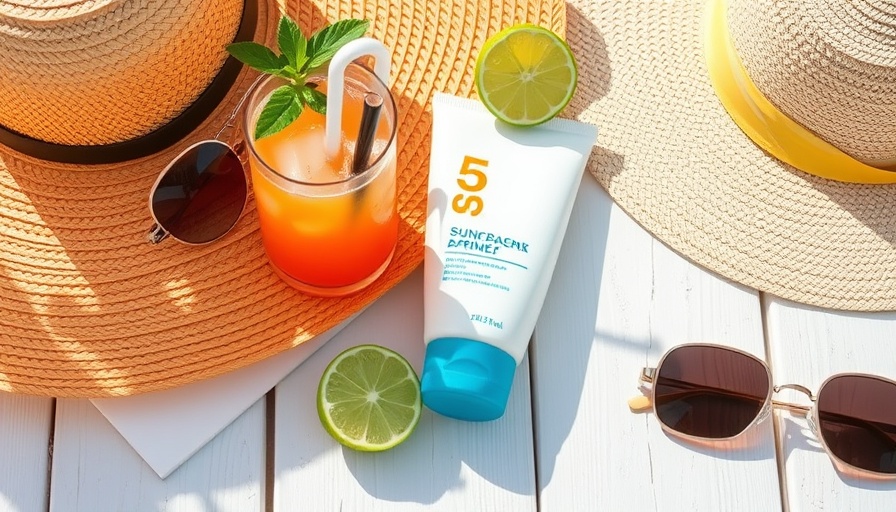
Sun Protection the Natural Way: Why Choose Non-Toxic Sunscreens?
As summer approaches and thoughts turn to beach days and outdoor activities, it’s essential to consider how we protect our skin from harmful UV rays. The choices we make in sun protection can have significant implications not only for our health but also for the environment. In recent years, many have shifted towards using natural sunscreens, particularly those featuring non-nano zinc oxide. This mineral is a game changer, providing immediate sun protection without toxic chemicals that can harm both our skin and aquatic ecosystems.
Understanding Zinc Oxide’s Superiority
Natural sunscreens that utilize non-nano zinc oxide are lauded for numerous reasons. Unlike chemical sunscreens that require time to absorb and become effective, zinc oxide works immediately. It creates a physical barrier that reflects harmful rays from the skin, offering broad-spectrum protection against both UVB and UVA rays. This is critical for individuals concerned about premature aging and skin health.
Moreover, zinc oxide is renowned for being gentle on sensitive skin. Many chemical sunscreens can trigger reactions and allergies due to their complex ingredients. That’s not the case with zinc oxide, which is even found in diaper rash creams for its soothing properties. Anyone who has struggled with skin irritation from traditional sunscreens may find solace in this natural alternative.
The Environmental Impact of Sunscreens
The environmental benefits of choosing non-toxic sunscreens cannot be overstated. A significant concern with many conventional sunscreens is the presence of chemicals such as oxybenzone, which have been shown to harm coral reefs—an essential component of marine ecosystems. With recent legislation aimed at reducing coral degradation, switching to environmentally friendly options like zinc oxide becomes not just a personal choice but a communal responsibility.
According to research, as much as 4,000 to 6,000 tons of sunscreen enters coral reef areas annually, emphasizing the importance of mindful purchasing decisions. When you opt for a natural solution, you're contributing positively to the planet's health and safeguarding aquatic life for future generations.
How to Choose the Best Natural Sunscreen
When searching for the ideal natural sunscreen, several factors come into play. Look for labels that specify non-nano zinc oxide as the active ingredient. This ensures you’re getting the most effective sun protection that won’t present risks to your health or the environment. It’s also wise to read customer reviews and check for additional certifications that verify the product’s safety and efficacy.
While it can be overwhelming to navigate the myriad of products available, focusing on trusted brands that prioritize ethical sourcing and transparency can help narrow down your options significantly. If you're already an advocate for clean beauty, integrating these eco-friendly sunscreens into your routine aligns perfectly with those values.
Summing It Up: Play It Safe in the Sun
As we embrace longer days filled with sun, ensuring safe skin practices becomes increasingly important. Opting for natural sunscreens not only protects your body but also plays a part in protecting our gorgeous planet. Join the movement towards healthier living with sun protection that reflects a commitment to personal and environmental wellness.
So as you lather up for sandy beach days or backyard barbecues, remember: choosing the right sunscreen is a step toward a brighter, more sustainable future.
 Add Row
Add Row 

 Add
Add 


Write A Comment